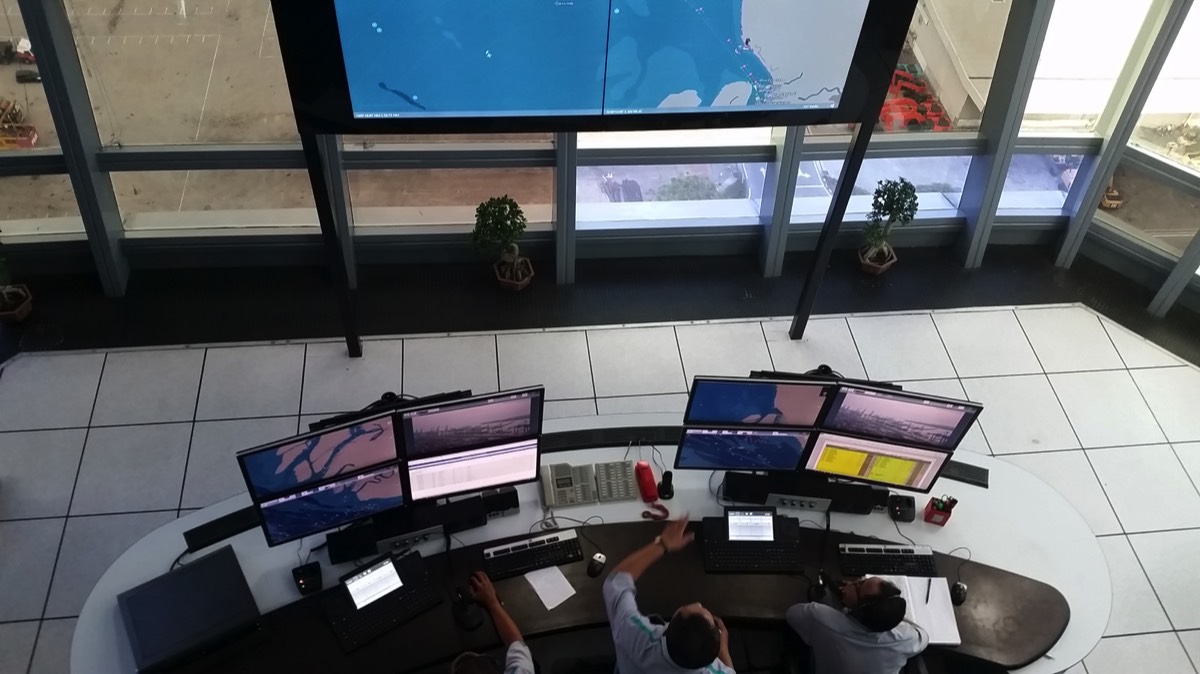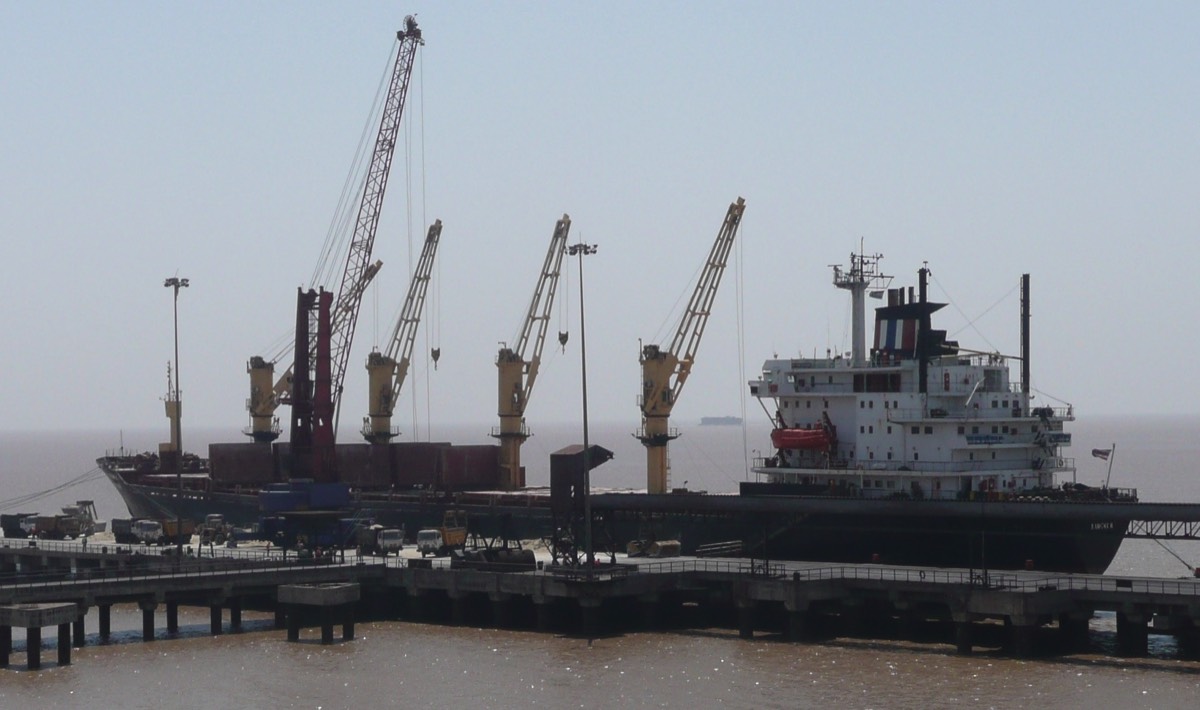Vessel Traffic Services
A Vessel Traffic Service (VTS) is implemented based on IMO Resolution A.857 (20) and is provided by a competent authority to improve the efficiency of vessel traffic movement and improve safety of navigation within port approaches or through hazardous areas; for example, through a TSS (Traffic Separation Scheme). Within the territorial sea (12 nautical miles), a VTS can be mandatory. Outside of the Territorial Sea, a VTS is voluntary.
VTS System
A VTS (Vessel Traffic Service) is not the system that collects and presents vessel traffic information to the VTS Operator. It is the service provided by the VTS operator to the ships within the VTS Area. The Service assists the mariner regarding safe entry and exit of a port or to manage traffic within Straits, Coastal or Offshore areas where congestion or high risk issues cause complex navigational circumstances. However, a VTS System may be used to gather information about the vessel traffic situation within the VTS area and to assist VTS Operators to interpret it such that important details can be quickly and efficiently communicated to the mariner.
Modern VTS or VTMIS Systems provide much greater levels of situational awareness than their predecessors and with integrated sensors and communication services they can cover an area that is well beyond the visual capability of the human eye and in all weather conditions. Therefore, in many ways, the VTS Systems are relied on by VTS Operators as their main tool for maintaining the necessary level of situational awareness for the whole of the VTS area. Even when there is a Pilot on board an incoming vessel, the VTS Operator will frequently have a better view of the traffic situation as he has a greater range of sensor data available to him about all traffic that is approaching a vessel from all directions.
A modern integrated, multi-sensor VTS System can now be considered to provide similar capability to some military maritime surveillance systems such that there is little difference between the technologies used for VTS and for other law enforcement applications, such as Coastal Surveillance. The modern VTS System can also do much more than the systems of 10 years ago such that the protection of the marine environment, which is part of the IALA definition of a VTS, can become a reality of the day to day operation of the VTS.
Installing a VTS System - the Investment decision
In many cases, the question “Is a VTS System needed?” is asked and a cost benefit analysis is carried out to determine whether the investment will be effective in reducing risks. However, it is probably more appropriate to ask “What would be the consequences of not having a VTS System?” A VTS System will enable VTS Operators to promote a safety culture within the area of responsibility of the competent authority by providing a clear view of all vessel activity such that advice can be provided and dangerous situations can be avoided. The Costa Concordia incident in January 2012 demonstrates that it is not always possible to rely on the Master of a Vessel to take the logical and safest route and therefore visibility of the whole area of responsibility is essential. The question can be asked: Could a VTS System (as part of a Vessel Traffic Service), covering the area where the Costa Concordia ran aground, have prevented this incident. The answer is probably “Yes” if well trained VTS Operators were on duty. For the area of the Costa Concordia incident, AIS data was available and was collected, but clearly it was not being used as part of a VTS Service.
A VTS System provides a continuous recording capability for all vessel movement, operator actions and communication. Should any incident occur (whether major or minor) a Competent Authority that has deployed a VTS System can easily analyse events and determine what went wrong, whereas an Authority without a VTS system has to engage in a complex investigation to determine what vessel was where and who said what to whom. This will be a complex process and probably involve conflicting statements from various parties such that the real cause remains unclear. The Competent Authority with a VTS System has all information in one place and can easily and quickly assess what went wrong using his own primary data. He can therefore quickly implement procedural improvements to reduce the risk of a repeat incident. However, the same improvement is not so easy for a “non-VTS System” Authority. Should an incident occur in a location where a VTS system has not been deployed, the cost of the investigation and the additional management time required could easily offset the original cost of deploying a VTS system. The VTS System provides the essential centralised Data Capture function that will enable the Competent Authority to continuously improve safety, security and environmental protection within the VTS area. Having the most appropriate tools to manage vessel traffic activity and thereby avoiding unexpected incidents is the best risk management solution that can be deployed and the lowest cost over the long term.


